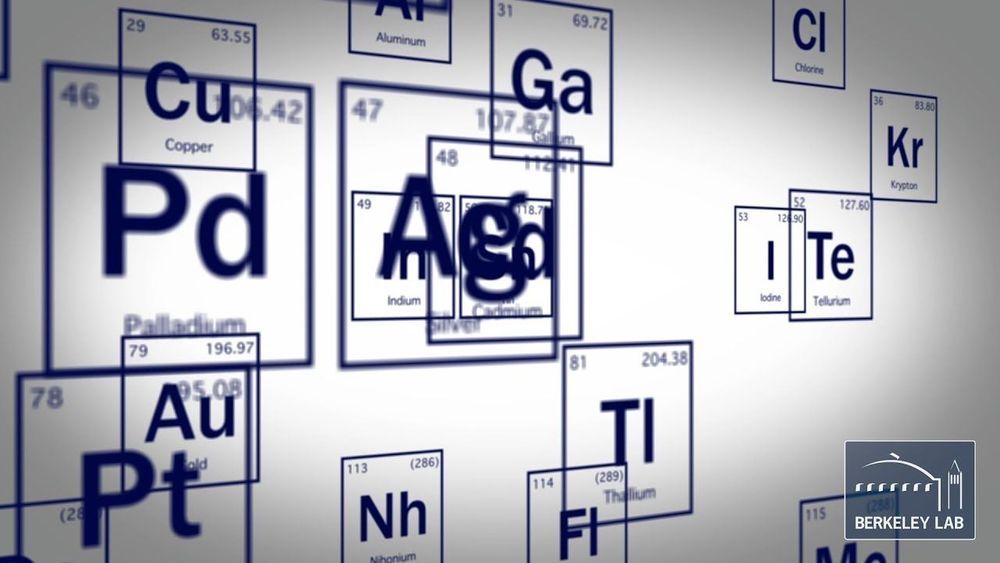A century ago, the periodic table looked much different than it does today! It had blank spots throughout, and the entire bottom row – the actinides – were not even part of the table as most of those elements did not exist in nature and had not been created in the lab. But researchers theorized their existence. And starting in the 1930s scientists at Lawrence Berkeley National Laboratory – or, the Rad Lab, as it was called then – began building the big machines and assembling the teams of scientists and engineers to chase those elements down.
Over the next several decades Berkeley Lab researchers were credited with discovering, Lab researchers were credited with discovering, or creating collaboratively with other labs, #16elements. Read more here.
In this video, Berkeley Lab scientists Lee Bernstein, Barbara Jacak, Jose Alonso, Jacklyn Gates, Rebecca Abergel, and Frances Houle tell the story of these incredible scientific discoveries.
Full story » https://newscenter.lbl.gov/2019/01/28/16-elements-berkeley-labs-contributions-to-the-periodic-table/
Explore more » http://periodictable.lbl.gov
Do you have a favorite element? Tweet your selfie video to us using #MyFaveElement to tell us your story!









